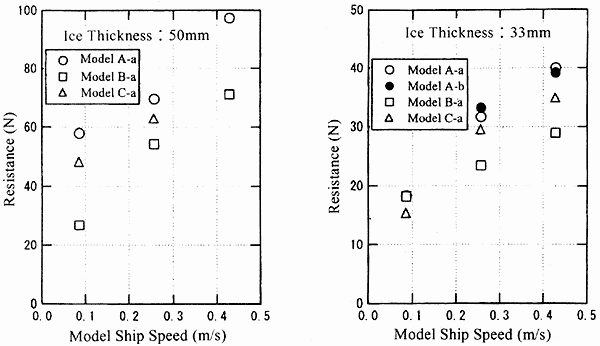Table 4.1-6 Comparison of ice model basins

* Resistance test in level ice
* Turning test in level ice
* Resistance test in a pressure ridge
* Self-propulsion test in calm water
* Manoeuvering test in calm water
* Self-propulsion test in waves
In the model tests in ice, measurements of Young modulus and flexural strength of the model ice plates were conducted before the ship model tests. In addition to the abovementioned model tests, wake measurements and propeller open-water tests were carried out.
The tests listed above yielded a wealth of data from a wide variety of perspectives on the performance of the various ship types in both ice and open water. The details of these test results appear in appendix 5-1 (an even more detailed treatment is available in Japanese in the JANSROP reports published by the SOF).A typical example of these results is the set of results from the resistance tests in ice (Figure 4.1-18). Because icebreaking resistance depends most crucially on the bow form, the authors have chosen to display data on the combination of stern a with all three types of bow. To verify the effect of the stern, some tests were conducted on the A-b configuration as well, but no significant difference was found with the results for A-a. The results indicated that bow B represents the superior design, exhibiting extremely low resistance. The next-best design was C, followed by the conventional design A, whose resistance was highest.

Figure 4.1-18 Resistance of ship models in level ice
The model test results of several combinations of bows A, B and C with sterns a and b can be summarized as follows.
* Self-propulsion test in calm water
* Bow B offers the best performance in terms of icebreaking resistance.
* Turning performance in ice is poor for all ship types. That of bow B is particularly poor.
* Stern b is the best of the two in terms of ice removal from the wake, but stern a is better in terms of propulsion performance.
* Although no marked difference among bow types was found in terms of propulsive performance in calm water, bow A was the best, followed by B and C.
* Thrust increase in waves was highest for bow C, followed by A and B.
Taking the above points into consideration and based on the series of test results, new forms of bow and stern were designed and tested. (Figure 4.1-19).
The bow of the new ship type incorporates both the excellent ice resistance qualities of bow B and the superb open-water performance of bow A.
BACK CONTENTS NEXT